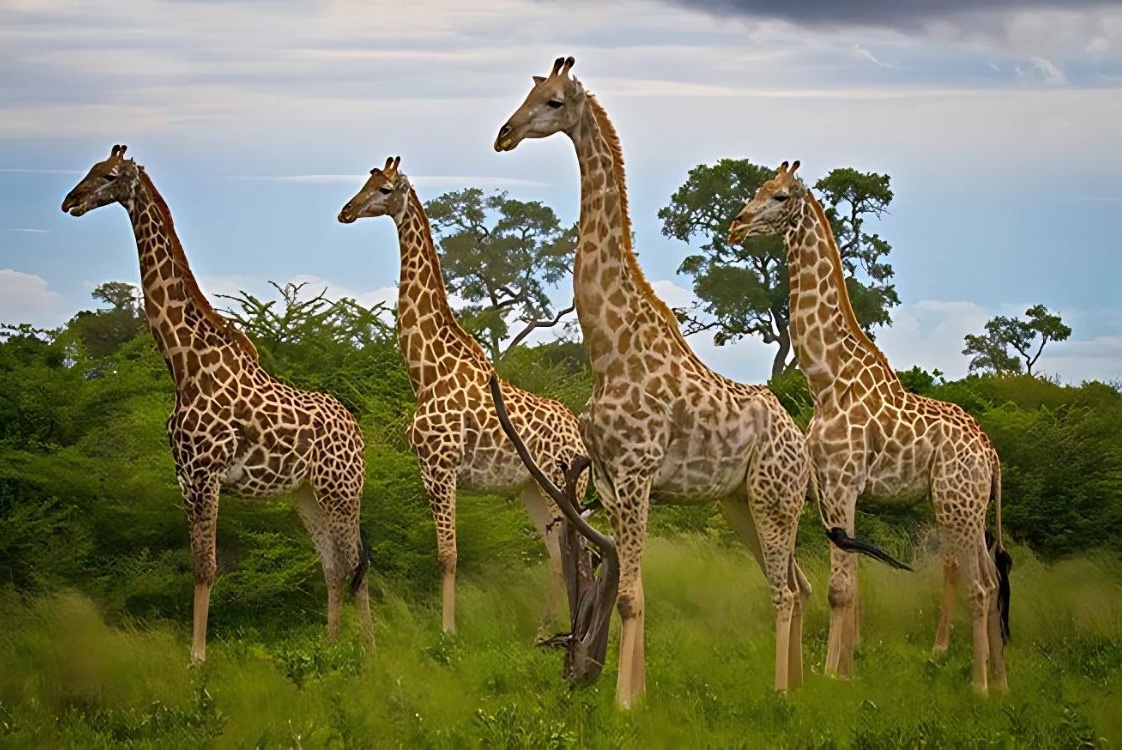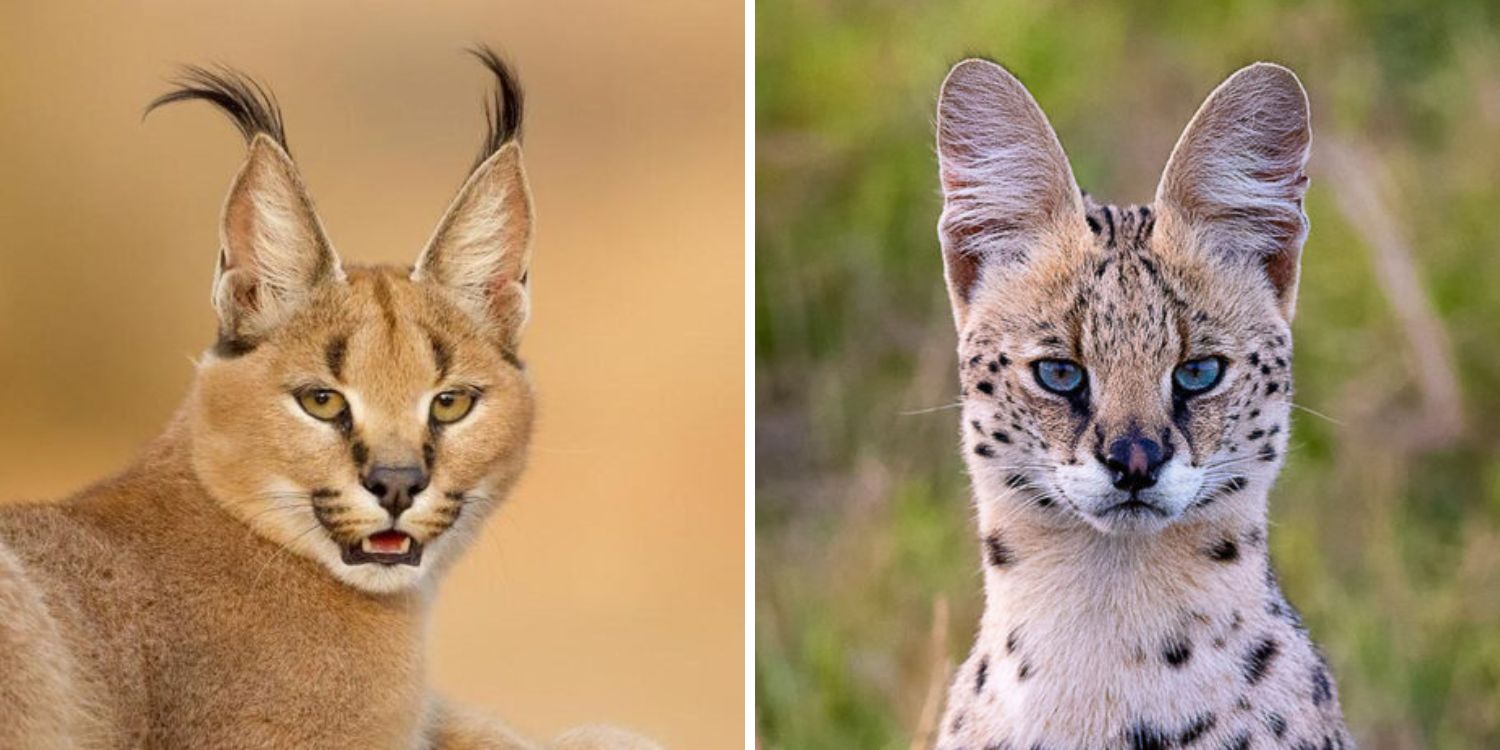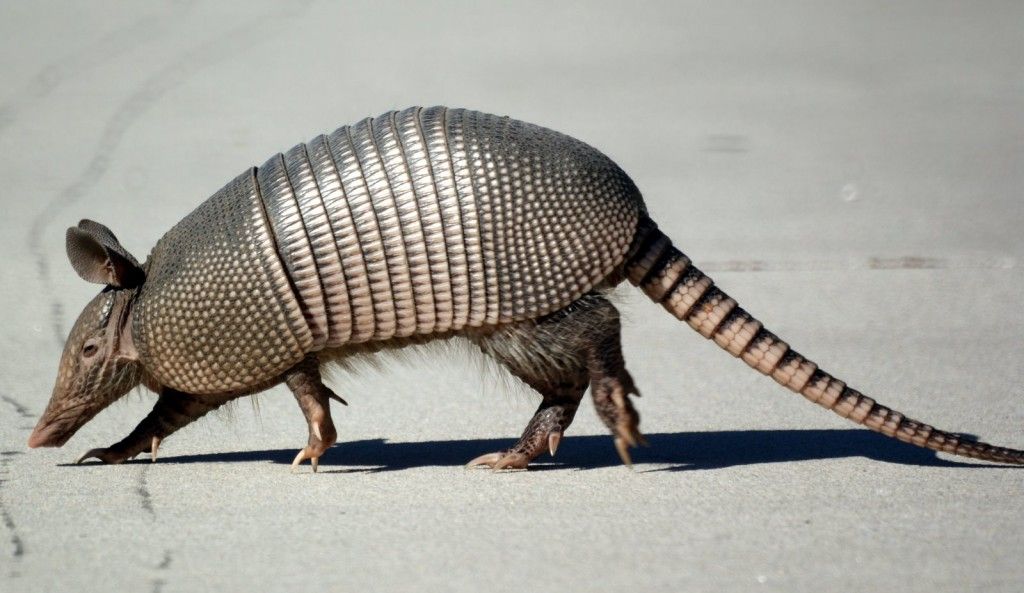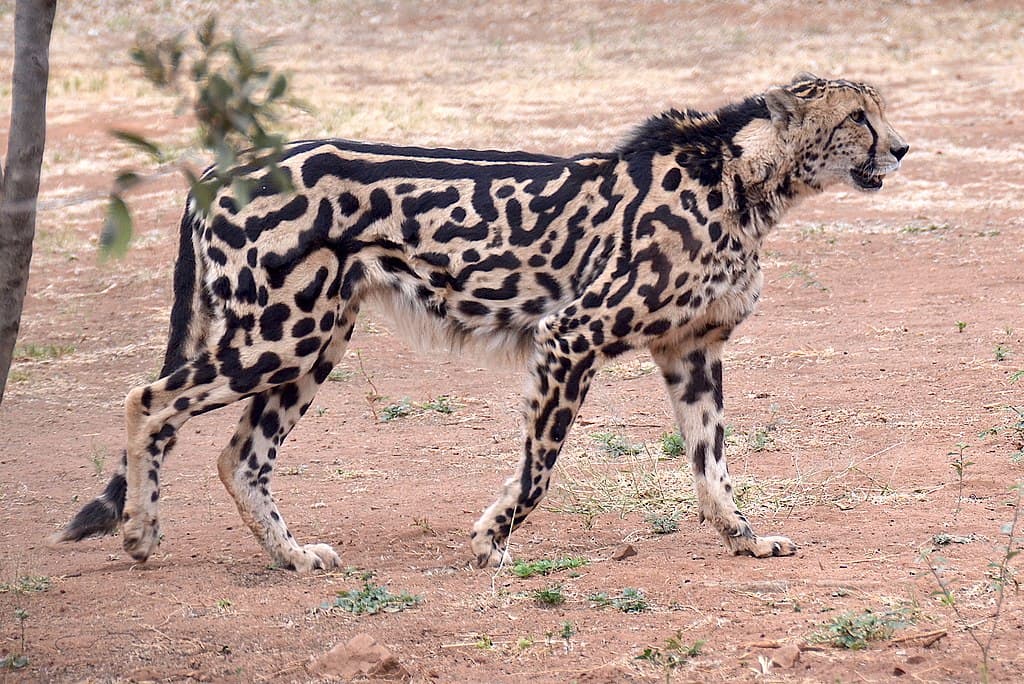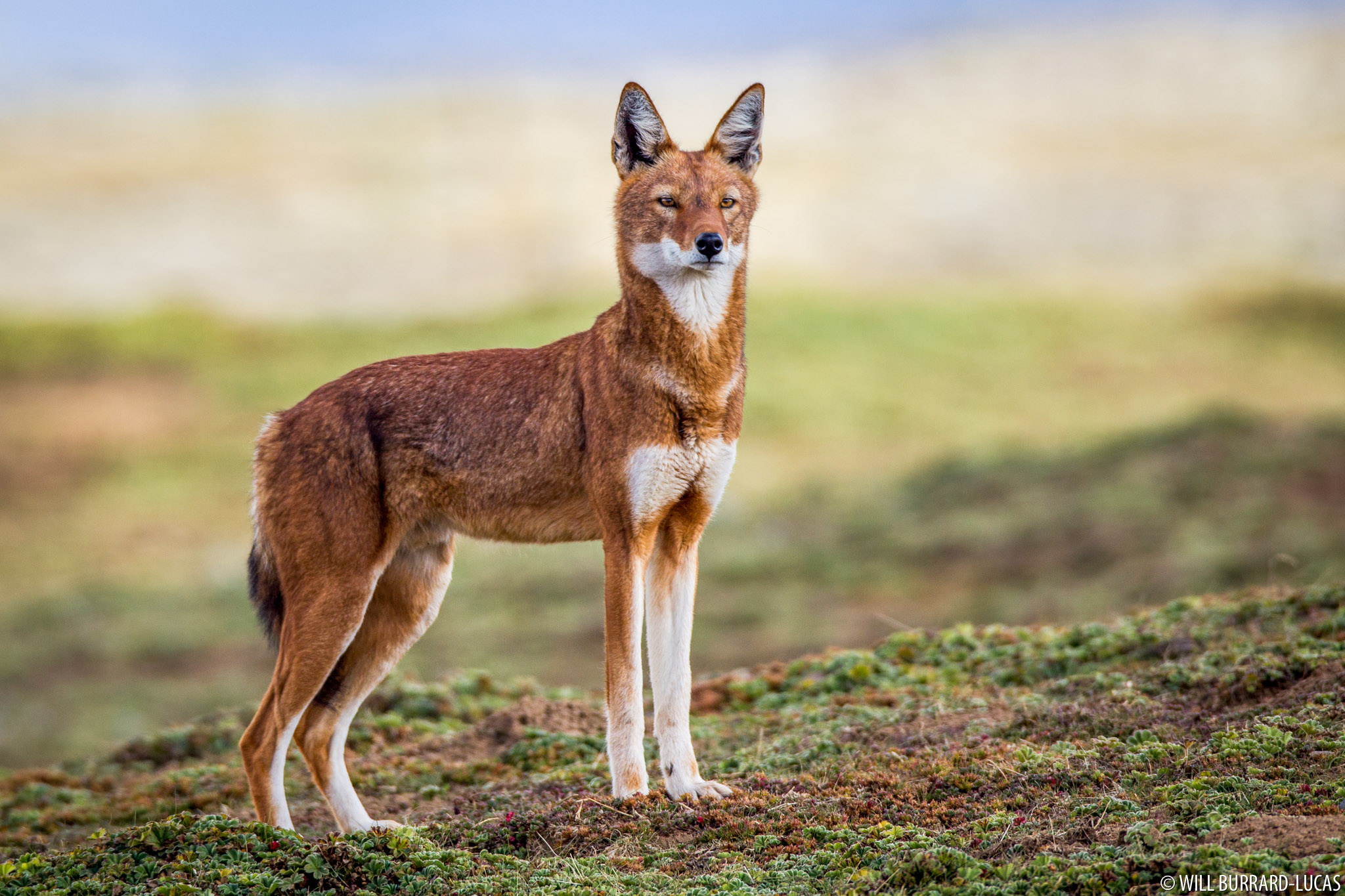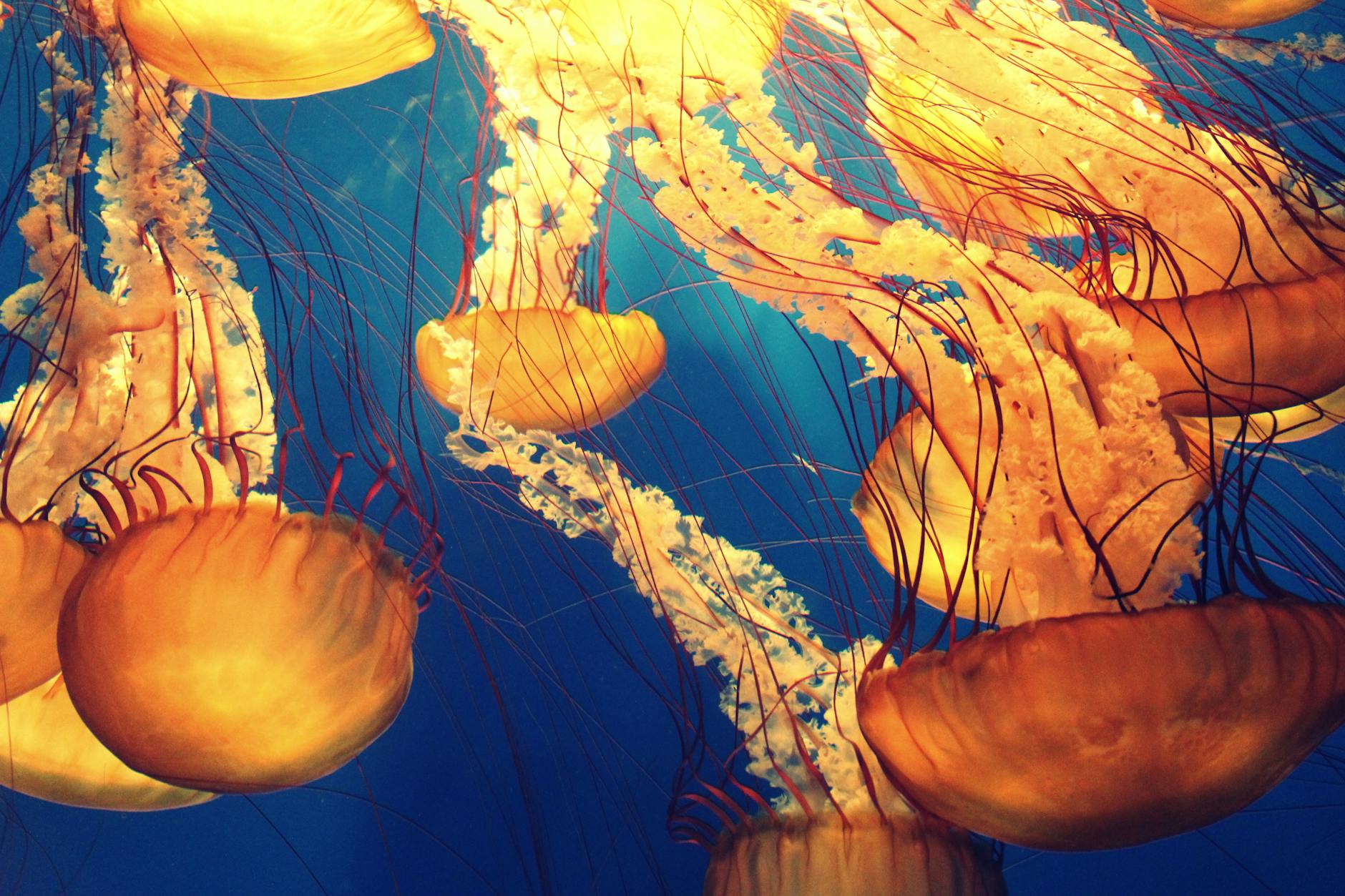
Lions: Kings of the Savanna
Few animals inspire awe and admiration quite like the lion. Known as the “King of the Beasts,” lions are powerful predators and social creatures that command attention in the wild. These iconic big cats, with their majestic manes and thunderous roars, symbolize strength, leadership, and bravery across cultures. But beyond the myths and legends lies a fascinating animal with a complex social life and a vital role in its ecosystem.
Where Lions Live
Lions are primarily found in sub-Saharan Africa, though a small population of Asiatic lions survives in India’s Gir Forest. They thrive in grasslands, savannas, and open woodlands—habitats that offer plenty of space to hunt and roam. Unlike many other big cats, lions are not solitary. They live in groups called prides, which typically consist of related females, their cubs, and a small number of adult males.
Life in a Lion Pride
One of the most unique things about lions is their social structure. Within a pride, lionesses cooperate in hunting and cub-rearing. They are the main providers, working as a team to bring down prey like zebras, wildebeest, and antelope. Male lions, often brothers, defend the pride from rivals and predators. When new males take over a pride, they may drive off or kill existing cubs to sire their own offspring—a harsh but natural part of lion life.
The Power of the Roar
A lion’s roar can be heard up to 5 miles (8 kilometers) away. This earth-shaking call helps lions communicate with each other, establish territory, and ward off intruders. The deep, resonant sound is made possible by a unique larynx structure that allows them to roar louder and longer than other big cats.
Lions Under Threat
Despite their fearsome reputation, lions face real dangers today. Habitat loss, human-wildlife conflict, and poaching have caused lion populations to decline sharply. In the past century, their numbers have dropped by more than 90%. Conservation groups are working hard to protect wild lions through education, anti-poaching patrols, and community-based efforts to promote coexistence.
Why Lions Matter
Lions are apex predators, meaning they sit at the top of the food chain. They play a crucial role in maintaining the balance of ecosystems by controlling prey populations. Their presence helps ensure that herbivore numbers don’t overwhelm the vegetation, which keeps the entire environment healthier.
Final Roar
Lions are more than just symbols—they are essential parts of the natural world, with behaviors and relationships as complex as any social species. Whether stalking the grasslands of Africa or gracing the flags and folklore of ancient kingdoms, lions remind us of the wild power and delicate balance of nature. Protecting them isn’t just about saving a species—it’s about preserving the wonder and richness of life on Earth.
Fun Fact: A lion’s mane isn’t just for looks—it’s a sign of health and strength. Darker, fuller manes are often more attractive to lionesses and can intimidate rivals!
More photos below ↓



















Disclaimer: This blog post is for edutainment purposes only and may not be entirely accurate.

